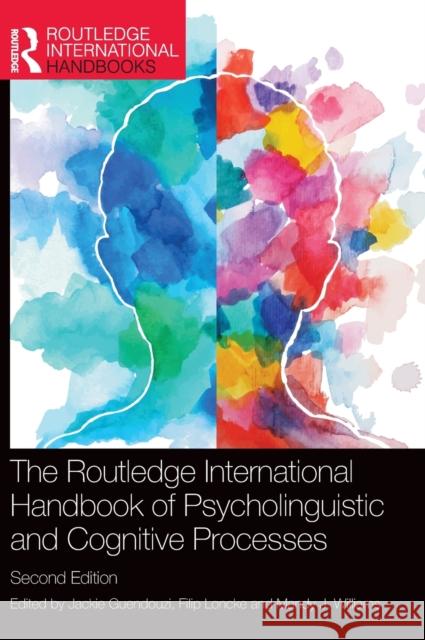The Routledge International Handbook of Psycholinguistic and Cognitive Processes » książka
The Routledge International Handbook of Psycholinguistic and Cognitive Processes
ISBN-13: 9781032068664 / Angielski / Twarda / 2023 / 656 str.
The Routledge International Handbook of Psycholinguistic and Cognitive Processes
ISBN-13: 9781032068664 / Angielski / Twarda / 2023 / 656 str.
(netto: 952,33 VAT: 5%)
Najniższa cena z 30 dni: 957,11
ok. 22 dni roboczych
Bez gwarancji dostawy przed świętami
Darmowa dostawa!
This handbook provides a comprehensive overview of the theories of cognition and language processing relevant to the field of communication disorders. Thoroughly updated in its second edition, it explores a range of topics and issues that illustrate the relevance of a dynamic interaction between both theoretical and applied clinical work.
This handbook provides a comprehensive overview of the theories of cognition and language processing relevant to the field of communication disorders. Thoroughly updated in its second edition, the book explores a range of topics and issues that illustrate the relevance of a dynamic interaction between both theoretical and applied clinical work.
Beginning with the origins of language evolution, the authors explore a range of both developmental and acquired communication disorders, reflecting the variety and complexity of psycholinguistics and its role in extending our knowledge of communication disorders. The first part outlines some of the major theoretical approaches from psycholinguistics and cognitive neuroscience that have been influential in research focusing on clinical populations, while Part 2 features examples from researchers who have applied this body of knowledge to developmental disorders of communication. Part 3 features examples focusing on acquired language disorders, and finally, Part 4 considers psycholinguistic approaches to gesture, sign language, and alternative and augmentative communication (AAC). The new edition features new chapters offering fresh perspectives, further reading recommendations and a new epilogue from Jackie Guendouzi.
This valuable text serves as a single interdisciplinary resource for graduate and upper-level undergraduate students in cognitive neurosciences, psychology, communication sciences and disorders, as well as researchers new to the field of communication disorders or to psycholinguistic theory.











